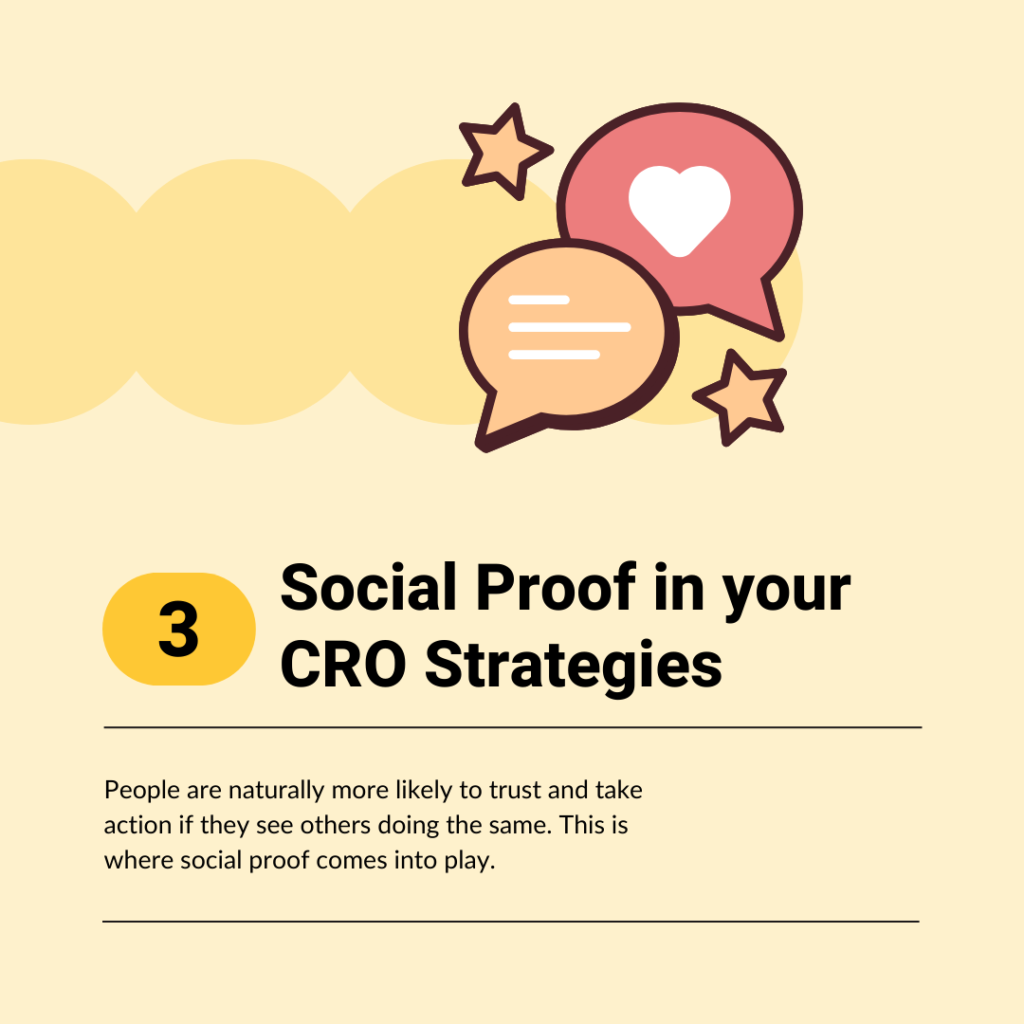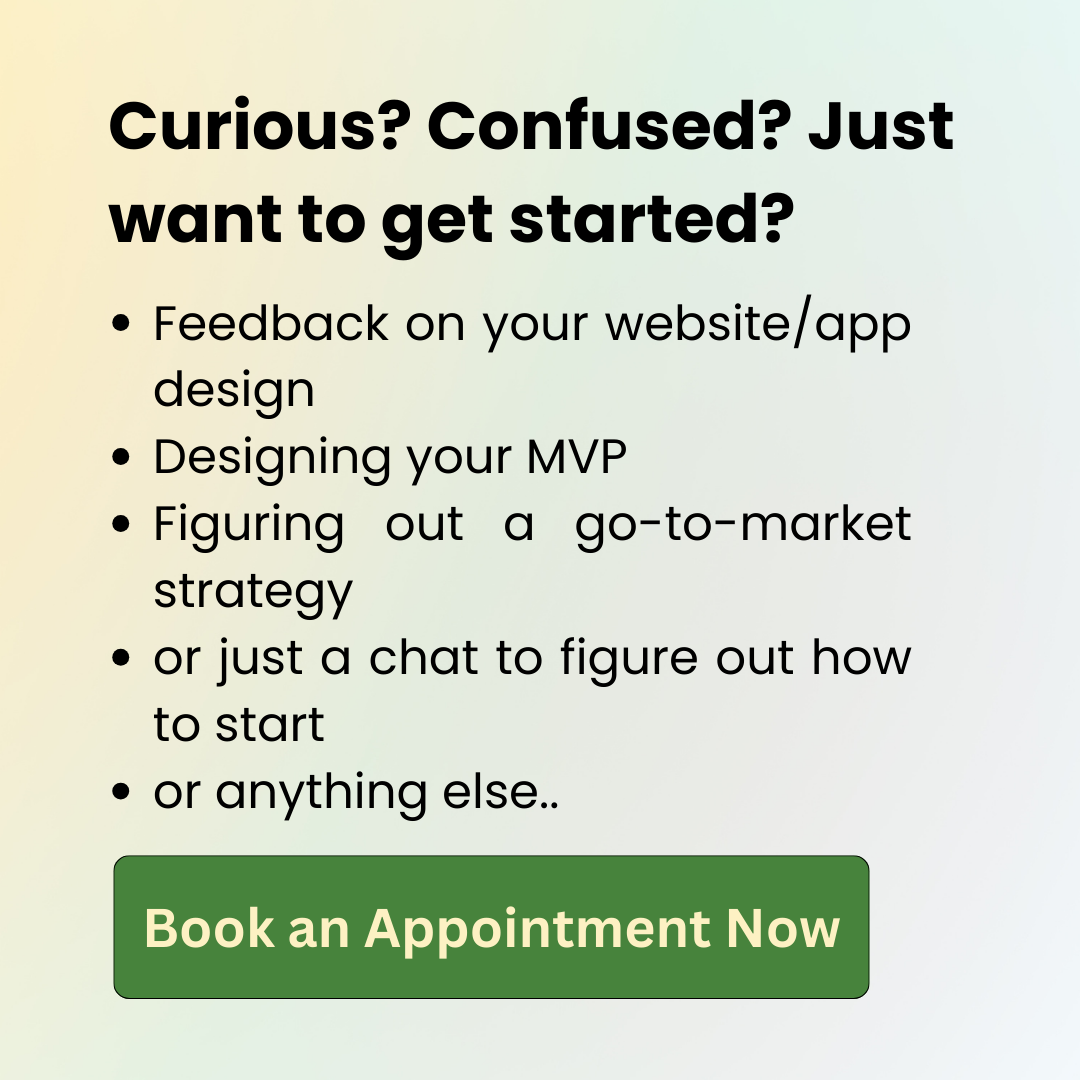Landing pages are the dedicated destinations users arrive at after clicking on an ad, social media post, or other online marketing initiative. This is not only their first interaction with your website, but also the point at which you can begin to effectively guide users into being paying customers.
This can be a tricky balance to achieve, but not to worry! This blog dives into nine landing page best practices. These actionable strategies show you how to build a landing page to improve conversion rates.
Table of Contents
| The Purpose of a Landing Page |
| The Top 9 Landing Page Best Practices |
| 1. Crafting Compelling Headlines |
| 2. Prioritizing Clarity and Focus |
| 3. Social Proof in your CRO Strategies |
| 4. Mobile Landing Page Optimization |
| 5. Craft a Clear Call to Action (CTA) to Improve Conversion Rates |
| 6. A/B Test Everything |
| 7. Leverage the Power of High-Quality Visuals |
| 8. Make Forms Short and Easy to Complete |
| 9. Track and Analyze Results |
| Conclusion |
The Purpose of a Landing Page
The purpose of a landing page is to guide visitors toward a specific action or conversion goal. Unlike other pages on a website, which may serve multiple purposes and provide various types of information, a landing page is designed with a singular focus. This focus could be anything from prompting visitors to sign up for a newsletter, download a resource, make a purchase, or request more information.
By implementing strong Conversion Rate Optimization (CRO) strategies and adhering to landing page best practices, you can significantly improve conversion rates and maximize the return on investment for your marketing efforts.
The Top 9 Landing Page Best Practices:



- Crafting Compelling Headlines
Your landing page headline is prime real estate. It grabs attention in a split second, sets the tone for the entire experience, and ultimately influences conversion rates.
Highlight the value proposition and address the pain points your target audience faces. Use action verbs and keep it short and sweet. While prioritizing clarity, try to incorporate relevant keywords to attract qualified leads through search engines. - Prioritizing Clarity and Focus
Every landing page should have a single, clear objective – do you want them to download an ebook, sign up for a free trial, or make a purchase? Define this goal upfront and ensure all elements work together to achieve it.
Keep the text concise and easy to read, with bullet points, short paragraphs, and clear headings. Images and videos should be relevant and complement the written content – a winning formula to improve conversion rates. - Social Proof in your CRO Strategies
People are naturally more likely to trust and take action if they see others doing the same. This is where social proof comes into play.
Showcase what satisfied customers are saying through testimonials, with quotes and names if possible. Include positive customer reviews throughout your landing page. If you have partnered with well-known brands, showcase their logos to add credibility through association.
In-depth case studies that showcase success stories can be incredibly persuasive, demonstrating the tangible benefits your product or service delivers and inspiring users to achieve similar results.



- Mobile Landing Page Optimization
In today’s mobile-first world, ensuring your landing page offers a flawless experience across all devices is no longer optional, it’s crucial. Mobile landing page optimization is key, allowing your landing page to automatically adjust and display beautifully on any screen size.
Prioritize fast loading times – mobile users are impatient, and slow loading times can lead to frustration and lost conversions. Keep buttons and forms finger-friendly, with ample space for easy tapping, especially on smaller screens. - Craft a Clear Call to Action (CTA) to Improve Conversion Rates
Your call to action (CTA) is the final push that transforms website visitors into leads or customers. Don’t bury it – make it clear, concise, and strategically placed.
Use strong action verbs that tell users exactly what you want them to do, such as “Download Now” or “Sign Up Today.” A clear and prominent CTA is essential for guiding users towards the desired action and boosting your conversion rates. - A/B Test Everything
Assumptions are the enemy of effective marketing. A/B testing allows you to break free from guesswork and make data-driven decisions. This powerful technique lets you compare different variations of your landing page elements, such as headlines, visuals, and CTAs.
Run tests with different versions and see which ones resonate best with your audience, leading to higher conversion rates. Embrace A/B testing as a continuous learning process, constantly refining your landing page to achieve optimal results.



- Leverage the Power of High-Quality Visuals
We are wired to be visually stimulated. In the context of landing pages, this translates to the power of high-quality visuals.
Don’t settle for blurry stock photos or generic clip art. Include captivating images, videos, or infographics that are directly relevant to your message and resonate with your target audience. A well-placed image can instantly grab attention, break up text-heavy content, and effectively convey your offering.
Remember, visuals should not just be decorative; they should serve a purpose and actively contribute to your conversion goals as part of your set of CRO strategies. - Make Forms Short and Easy to Complete
Landing pages with lengthy, complex forms are a death knell for CRO. Imagine someone excited about your product, ready to sign up, only to be met with a daunting questionnaire. Frustration sets in, and they likely abandon the process altogether.
To streamline conversions, keep your forms short and sweet. Only ask for essential information that absolutely needs to be collected. Focus on gathering the data that directly supports your conversion goal, whether it’s an email address for a newsletter signup or basic billing information for a purchase. - Track and Analyze Results
Don’t just launch your landing page and hope for the best. Utilize analytics tools to track user behavior and glean valuable insights. See where users drop off in the conversion funnel, which elements they engage with most, and how long they stay on the page.
By analyzing this data, you can identify areas for improvement. Are there sections of the landing page that cause confusion? Does your CTA need to be more prominent? Use these insights to continuously refine your landing page, optimize the user experience, and ultimately maximize your conversion rates.
Conclusion
The digital landscape is constantly evolving, and user preferences and expectations change over time. However, the core principles of effective landing pages remain consistent – clarity, focus, and a user-centric approach.
By staying updated on CRO strategies and best practices, and continuously testing and refining your landing pages, you can ensure they remain powerful tools for driving conversions and achieving your marketing objectives.
Follow us for more on LinkedIn





